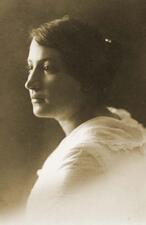
Sarah Aaronsohn
A leading spy for the Nili ring during World War I, Sarah Aaronsohn fought to free Palestine from Turkish rule and withstood torture for her ideals; she committed suicide after arrest by Turkish authorities and was later described as a Jewish Joan of Arc. The semi-military role Sarah carved for herself, her activity, and her voluntary death made her an icon and a model of a new “Hebrew” femininity.
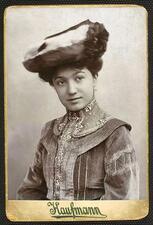
Lina Abarbanell
The talented singer Lina Abarbanell had a gift for lighter musicals and operettas with complicated, Viennese flourishes, and several composers wrote parts specifically for her distinct soprano. Following her successful international performance career, Abarbanell became a well-known casting director, Broadway producer, and occasional director.

Rosalie Silberman Abella
Rosalie Silberman Abella became Canada’s first Jewish woman judge and youngest ever judge in 1975 at the age of twenty-nine. She headed a ground-breaking 1984 commission which pioneered the theories of equality and discrimination. In 2004 she became the first Jewish woman to sit on the Supreme Court of Canada.

Abigail: Bible
Abigail, the intelligent and beautiful wife of the wealthy but boorish Nabal, intervenes to prevent David from committing a bloodbath and eventually becomes one of David’s wives (1 Samuel 25). She prophesies that David will establish a dynasty, but neither she nor her son play a role in future struggles over rule or succession.
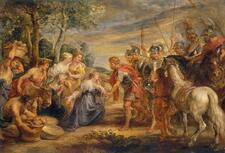
Abigail: Midrash and Aggadah

Abishag: Bible
Abishag is an unspeaking Bible character involved in the story of the power struggle between King David’s sons. She is used as a tool to move along the plot concerning Solomon and Adonijah; her story conveys the importance of male honor, as Solomon asserts his right to determine the sexual fates of the female members of his household.
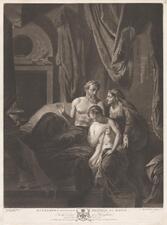
Abishag: Midrash and Aggadah
Abishag’s story in the Bible shows her strength and independence, as she insists David marry her and rebukes his answer when he refuses. Some midrashim use her story to show David’s tenacity in his old age, but Abishag is not explicitly interpreted as wicked or deceitful.
Abortion: Halakhic Perspectives
While halakhic discussions about abortion largely excluded the arguments and perspectives of women, in general poskim (decisors) determined that a woman’s life takes priority over the life of the fetus. Halakhic perspectives have explored the point at which the fetus is considered a human and taken the mother’s physical and psychological health into account in determining her right to abort.
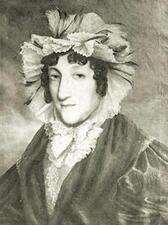
Esther Abrahams
Convicted of stealing lace from a London store in 1786, Esther Abrahams was transported to Australia for seven years’ penal servitude and arrived there with her baby daughter in 1788. She is an iconic figure in Australian history, having almost immediately become the lover, and much later the wife, of a Scottish marine officer who rose to be one of the wealthiest and most powerful man in New South Wales.
Dina Abramowicz
After surviving the Holocaust, first in the Vilna Ghetto and then with the partisans, Dina Abramowicz became the formidable head librarian of the YIVO Institute for Jewish Research. During her tenure, she vastly expanded the library’s collections and was regularly sought out by scholars for her prodigious memory regarding Yiddish literature, children’s literature, the Holocaust, and modern Eastern European Jewish history and culture.

Ruth Abrams
The first woman to serve on the Massachusetts Supreme Judicial Court, Ruth Abrams upheld the rights of women and minorities throughout her career.
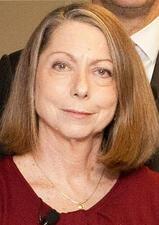
Jill Abramson
As the first female executive editor of the New York Times from 2011–2014, Jill Abramson fought to change the newspaper’s culture, mentoring female reporters, choosing female bureau chiefs and focusing more attention on stories about race and gender issues.
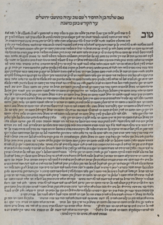
Benvenida Abravanel
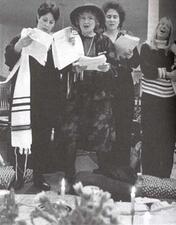
Bella Abzug
Academia in Israel
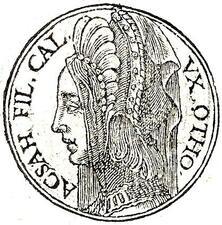
Achsah: Bible
Achsah is the daughter of Caleb. She succeeds in gaining some of her family’s land and water resources, which were normally not available to women in ancient Israel’s patrilineal system. Nevertheless, she remains vulnerable within the patriarchal system.

Achsah: Midrash and Aggadah
The daughter of Caleb, Achsah is depicted in rabbinic tradition as both beautiful and practical.

Paula Ackerman
Paula Ackerman took over leadership of her husband’s synagogue after his death in 1950, when the congregation insisted on her appointment. For the next three years, Ackerman was the first woman to serve as religious leader of a mainstream American congregation, helping to pave the way for the ordination of women rabbis twenty years later.
Adah 1: Bible
The Hebrew Bible character Adah appears in Genesis and is one of the two wives of Lamech. Her sons are in the seventh generation of naturally born human beings, and they are the founders of the civilized arts.
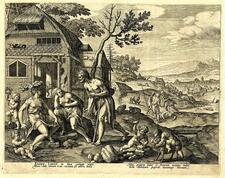
Adah 1: Midrash and Aggadah
Adah was one of Lamech’s wives whose legacy was observable not only in her own children but also in her influence on her fellow Israelites.
Adah 2: Bible
The Hebrew Bible character Adah appears in Genesis 36 and is the daughter of Elon the Hittite and the wife of Esau. Her character demonstrates the importance of women and marriage in understanding kinship groups in the Book of Genesis.
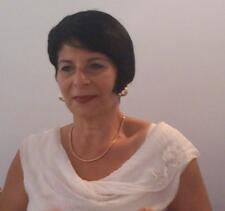
Orit Adato
Orit Adato has held many roles throughout her career in security, from head of the Israeli Women’s Corps to Commissioner of the Israel Prison Service. After twenty-eight years of work in security, twenty-four of which were in the IDF, Adato retired with the rank of lieutenant general and founded her own international consultancy firm on security.
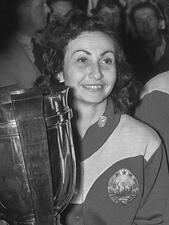
Angelica Adelstein-Rozeanu
Born to a wealthy family in Bucharest in 1921, Angelica Adelstein-Rozeanu was one of the greatest female table tennis players in history. Between 1950 and 1955, she won seventeen world championship titles.
Barbara Ochs Adler
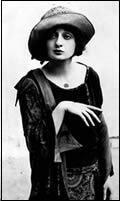
Celia Adler
Celia Adler’s popularity as a Yiddish actor made her a force in the Yiddish art theater movement, where she was loved for her ability to combine pathos and charm. In 1918, she joined Maurice Schwartz’s Yiddish Art Theater, and in 1919 she founded the Jewish Art Theater with several other actors. Her successful performance career lasted until her last film, Naked City, in 1948.


